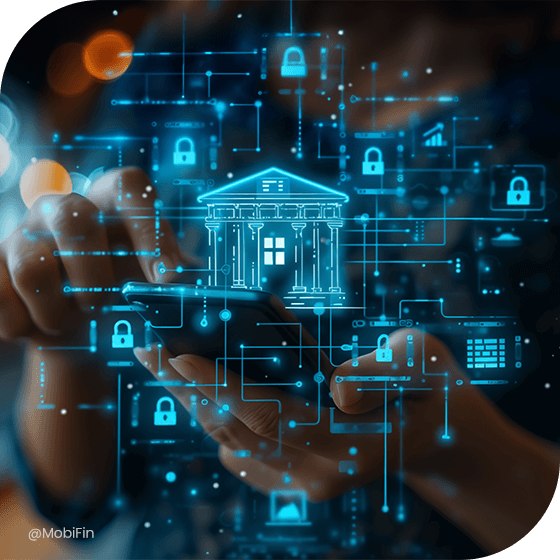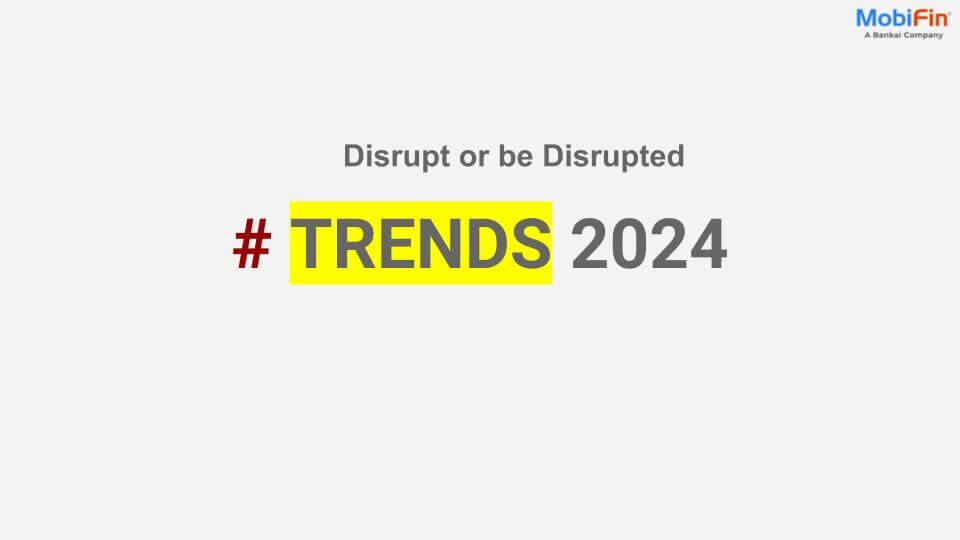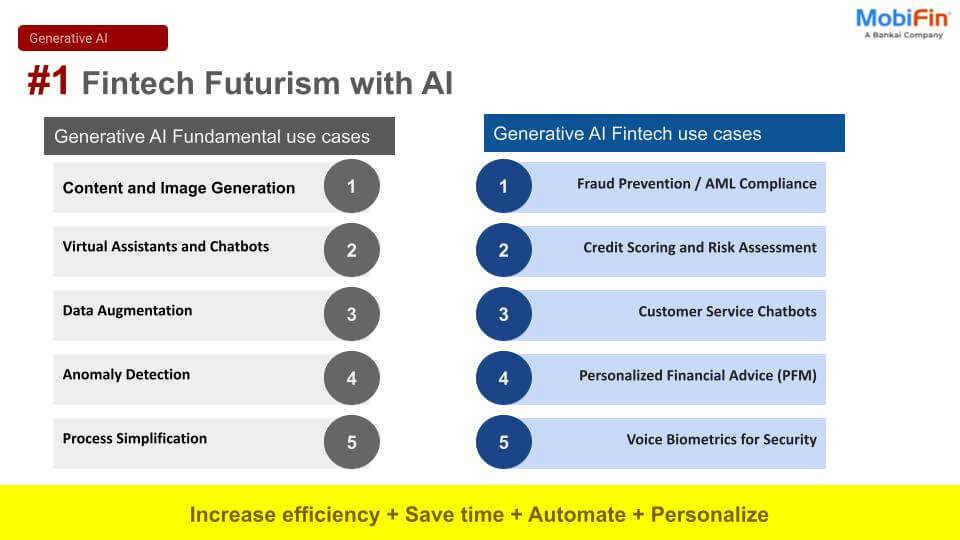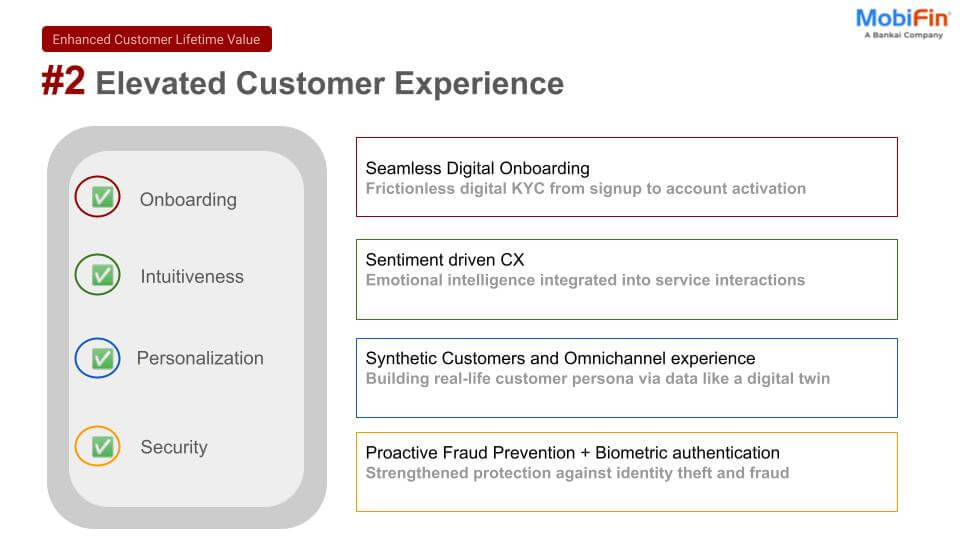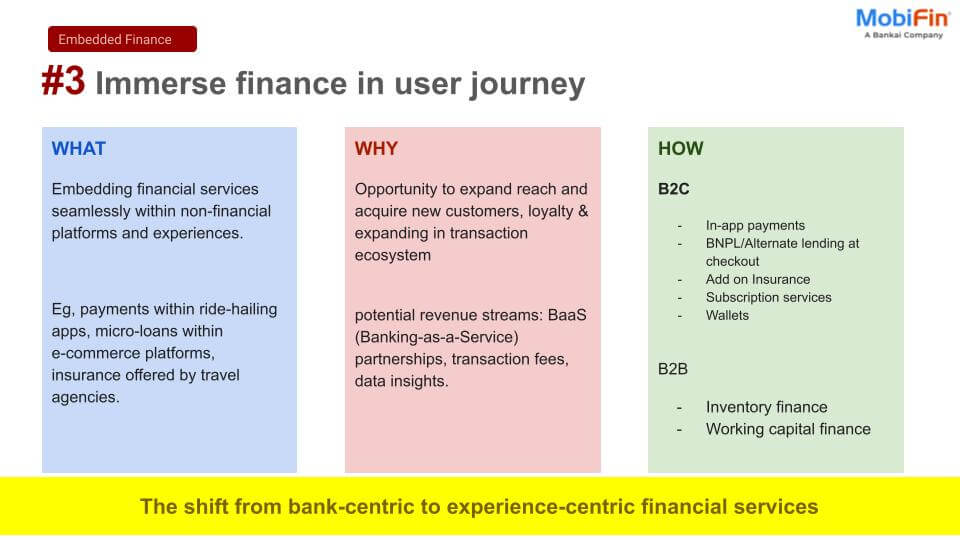Shielding Digital Banks: Tackling Top Security Threats with Smart Strategies and Compliance
Understanding the Threat Landscape
Digital banks face a diverse array of security challenges, from phishing attacks that prey on unsuspecting customers to ransomware campaigns aimed at extorting financial gain. Compromised APIs can also expose sensitive data, jeopardizing customer trust and compliance with stringent regulatory standards. To mitigate these risks, banks must adopt a proactive digital banking solution that combines advanced technology, comprehensive training, and strict compliance with global security frameworks. In this article, we will address some key security threats and important strategies banks can adopt to mitigate them.
Phishing Attacks: Protecting Customers from Fraud
Phishing remains one of the most common and effective forms of cyberattack, targeting customers and employees alike. According to a 2022 report by the Anti-Phishing Working Group (APWG), phishing attacks reached a record high, with over 1.2 million attacks reported in the first quarter alone—a staggering 65% increase compared to the previous year. The financial services industry was one of the hardest-hit sectors, accounting for over 20% of all phishing incidents.
To combat such a threat:
- Implement Multi-Factor Authentication (MFA): Multi-Factor Authentication adds a second or even third layer of protection to accounts by requiring users to verify their identity through additional means, such as biometric recognition, one-time passcodes, or security tokens. This greatly minimizes the risk of unauthorized access, even in cases of compromised login credentials.
- Data Protection Training: Training staff and customers to identify phishing attempts can prevent significant financial losses. Training sessions can include identifying suspicious emails, verifying sender authenticity, and avoiding links in unsolicited messages. Organizations that invest in continuous phishing simulations often report marked reductions in successful phishing attacks.
- Secure Data Processing: Ensuring compliance with data protection regulations like GDPR safeguards sensitive customer information. Measures such as encrypted communications, robust access controls, and periodic audits of data handling processes ensure that user data remains confidential and protected from malicious actors.
Ransomware Attacks: Safeguarding Data from Extortion
Ransomware attacks are on the rise, with criminals targeting financial institutions to extract hefty ransoms. According to a 2022 report by Sophos, 66% of financial institutions experienced ransomware attacks, with the average ransom payment reaching $812,360. Additionally, the downtime caused by these attacks averaged 19 days, leading to significant operational and reputational damage.
Effective strategies include:
- Frequent Backups: Regularly backing up critical systems and data ensures that banks can restore operations quickly in the event of an attack. Backups stored in isolated or offline environments are particularly resistant to ransomware encryption. Some banks implement immutable backups, ensuring that data cannot be altered or deleted by malware.
- Advanced Endpoint Protection: Deploying endpoint protection tools such as antivirus software, behavioral analysis systems, and intrusion prevention tools can detect and neutralize ransomware threats at their entry point. For example, tools like EDR (Endpoint Detection and Response) provide real-time monitoring and response capabilities, allowing banks to act swiftly against threats.
- Compliance with ISO/IEC 27001: ISO/IEC 27001 certification helps banks establish a comprehensive Information Security Management System (ISMS). Regular risk assessments, incident response plans, and thorough documentation ensure preparedness for ransomware attacks, minimizing potential damage and recovery time.
API Security Risks: Ensuring Safe Data Connections
As open banking initiatives gain traction, APIs have become critical for connecting services and sharing data. However, they are also prime targets for cyberattacks. Mitigation measures include:
- Secure Authentication: OAuth 2.0 is an industry-standard protocol designed for secure API access. By delegating access through tokens instead of sharing credentials, OAuth ensures that API calls remain secure and that access can be revoked quickly if necessary. This minimizes the risk of unauthorized usage.
- Regular Vulnerability Testing: Automated vulnerability testing tools scan APIs for potential exploits such as broken authentication, data exposure, or injection attacks. Regular penetration testing by ethical hackers provides an additional layer of assurance by simulating real-world attacks to identify weaknesses.
- PSD2 Compliance: The revised Payment Services Directive (PSD2) mandates Strong Customer Authentication (SCA) for financial services APIs, ensuring secure transactions and data exchanges. Examples include requiring multi-factor authentication for payment initiation and account access, thereby reducing the risk of unauthorized transactions.
To conclude, In the dynamic landscape of digital banking, security threats evolve as rapidly as the technologies that power them. By proactively addressing phishing, ransomware, and API security risks with a combination of advanced tools, rigorous training, and compliance with global standards, banks can safeguard their operations and maintain customer trust.
The road to robust digital banking security is not without challenges, but with strategic foresight and commitment, it is possible to create a resilient ecosystem. At MobiFin, we lead the way with state-of-the-art security measures and strict adherence to global compliance norms. Secure your digital banking future with our innovative solutions and unwavering commitment to excellence. Let’s build a safer, smarter financial ecosystem together.






